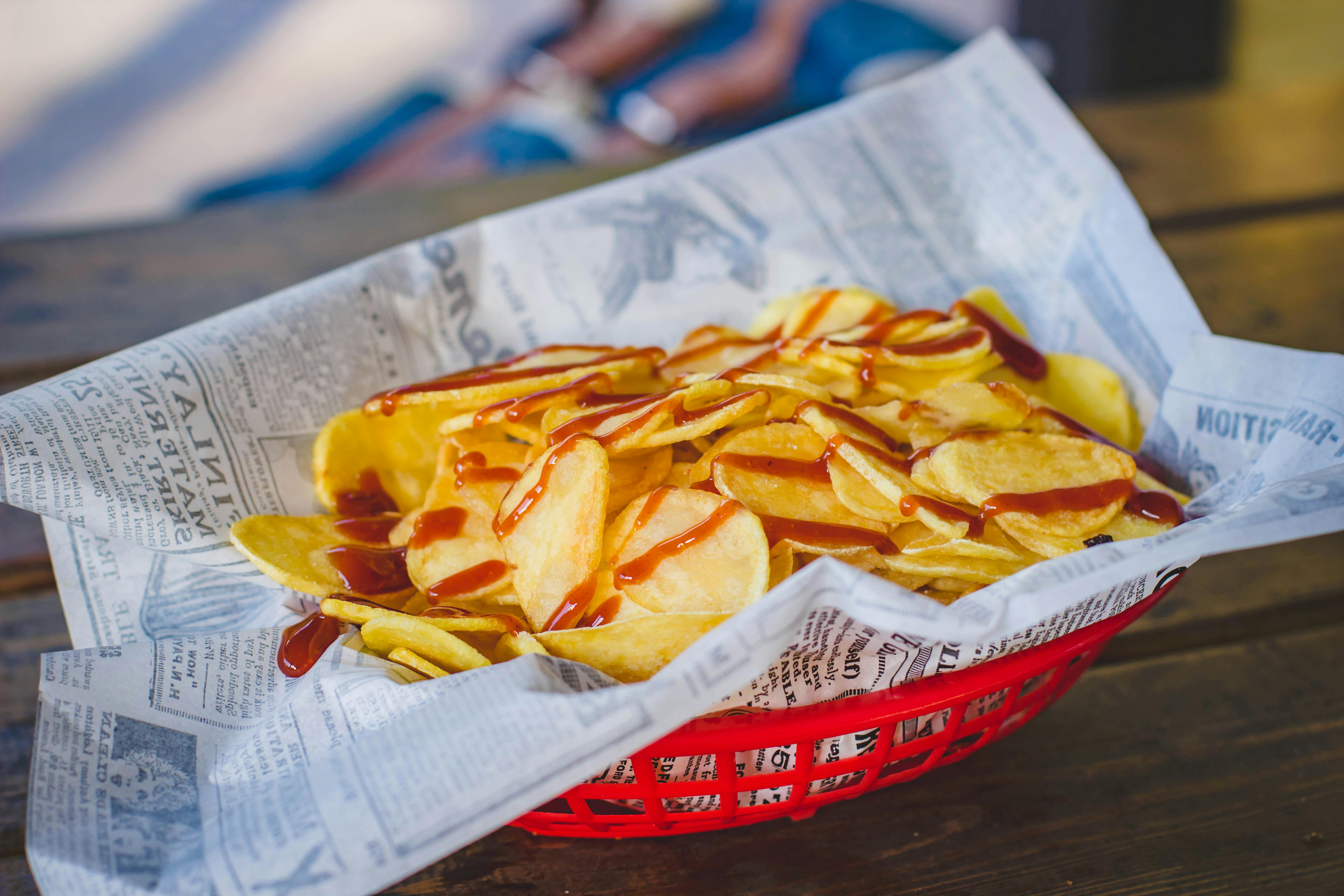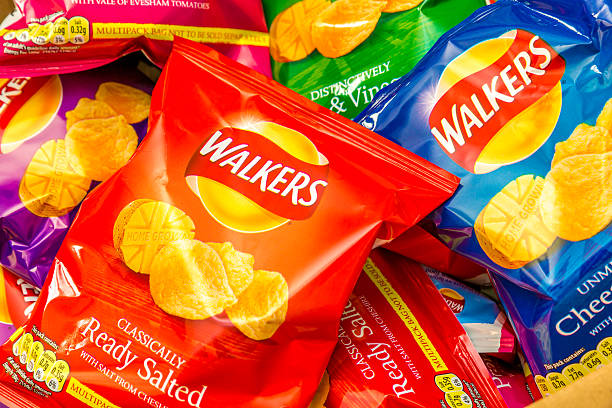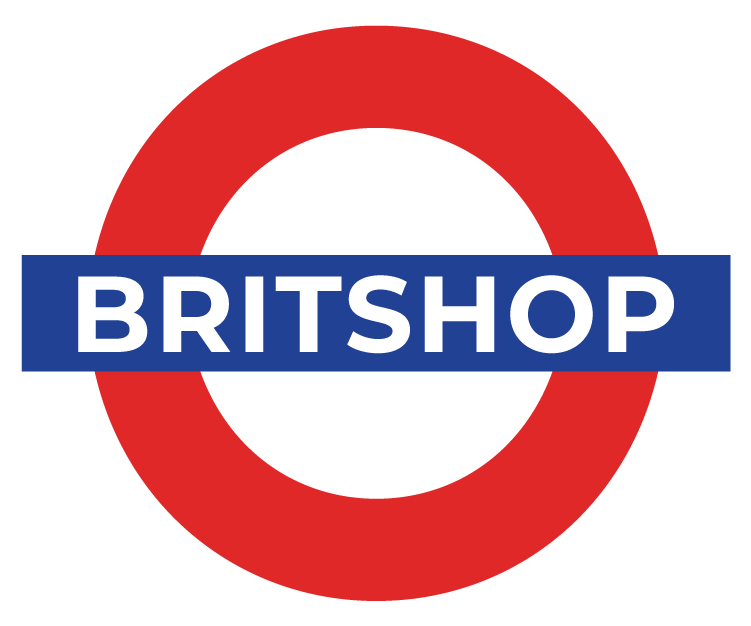A Brief History of Potato Crisps
Who doesn't love a crunchy potato crisp? (Or chip, as we say here in North America.) The UK is home to some of the most eclectic potato crisp brands in the world, and we're proud to sell some of them here at BritShop.
Our selection of crisps tend to sell out quickly and emotions run high when customers can't get their fix.
Thus, for this edition of the BritShop blog, we're diving into a brief history of some of your favorite potato crisps from the UK.
Where Did Potato Crisps Come From?

Although recipes for earlier versions of potato crisps existed as early as 1817 in William Kitchiner's bestselling cookbook The Cook's Oracle, the potato crisp's origin story is often attributed to an American chef from Saratoga Springs, New York named George Crum.
A cook at Moon's Lake House restaurant, the story goes that he stumbled upon the modern potato crisp while trying to please an unhappy customer in the summer of 1853.
The customer, who was later said to allegedly have been Cornelius Vanderbilt, kept sending back his French fried potatoes because they were too thick, too soggy, or not salted enough. Crum was notoriously bad-tempered and had gained a reputation for having customers come in to purposely test his patience.
After his dish was sent back to the kitchen three times, Crum decided to make French fried potatoes that were so thin, they would break when pierced with a fork, seasoned with extra salt.
The resulting potatoes were widely loved, leading them to be coined "Saratoga Chips." This name remained popular well into the twentieth century, and the brand name still exists today.
The First Crisps in the U.K.

The first potato crisps in the UK were manufactured in 1913, having been discovered in France rather than the United States, where crisps had been steadily growing in popularity.
Crisps were not widely available to the public until 1920, when Smiths Potato Crisps Company was formed. It was Frank Smith's idea to start manufacturing and selling potato crisps in greaseproof paper bags.
During the Great Depression, Smith looked to Australia to expand his business. Had it not been for George Ensor, who would buy the business from Smith in 1932 and form the Australian branch of Smiths Potato Crisps, the company would likely have gone bankrupt.
Smiths crisps flourished during World War II, when female factory workers were rumored to have left paper notes inside the bags for lonely soldiers abroad.
As a result of the growing demand for crisps in the postwar era, factories as we know them today began to grow.
Henry Walker, who founded Walker's crisps in 1948, also found popularity in the second half of the twentieth century.
Crazy For Crisps

When the Golden Wonder company introduced the cheese and onion flavored crisp in 1962, it led every other crisp company on the market to introduce their own unique flavors.
These included ketchup, smoky bacon, salt and vinegar, and prawn cocktail, to name only a few.
The market for crisps in the UK became incredibly competitive in the 1960s and 1970s. As a result of the demand for unique and colorful flavors, Welsh pub owner Philip Lewis created the single most bizarre and outlandish flavor of crisps in history: hedgehog.
Lewis was allegedly inspired by travelling gypsies to were known to enjoy a baked hedgehog as a meal. Taking their advice on taste and flavoring, his hedgehog crisps turned out to be popular for a moment.
But they also generated controversy as to whether actual hedgehogs were in the crisps. He ultimately changed the advertising to "hedgehog flavored," and years later admitted that he believed the hedgehog crisps to have been in poor taste.
Crisps in the U.K. Today

While it was the Smiths brand that launched the potato crisp in the UK as we know it today, Walker's crisps currently hold the monopoly on most popular from the region.
But which is more popular ultimately doesn't matter, since they are both owned by PepsiCo, an American conglomerate. Walker's in particular has been operated by Lays since 1989, which is why their logos look so similar. In 2006, sales of Walker's were topping £480 million.
Walker's popularity is attributed to their easily recognizable color-coded packages. For example, as you may know, Cheese and Onion are in a blue package, Salt and Vinegar in green, and Ready Salted in red.
Originally, Cheese and Onion were green and Salt and Vinegar were blue, leading to increased sales of Salt and Vinegar when the colors were switched in the 1980s.
In the wake of rising obesity rates worldwide, potato crisps have often been the subject of criticism into the 21st century for being an unhealthy snack. As a result, numerous companies have attempted to limit the use of preservatives in their crisps to market them as healthier than before.
Shop for crisps from the U.K. at BritShop.ca!


